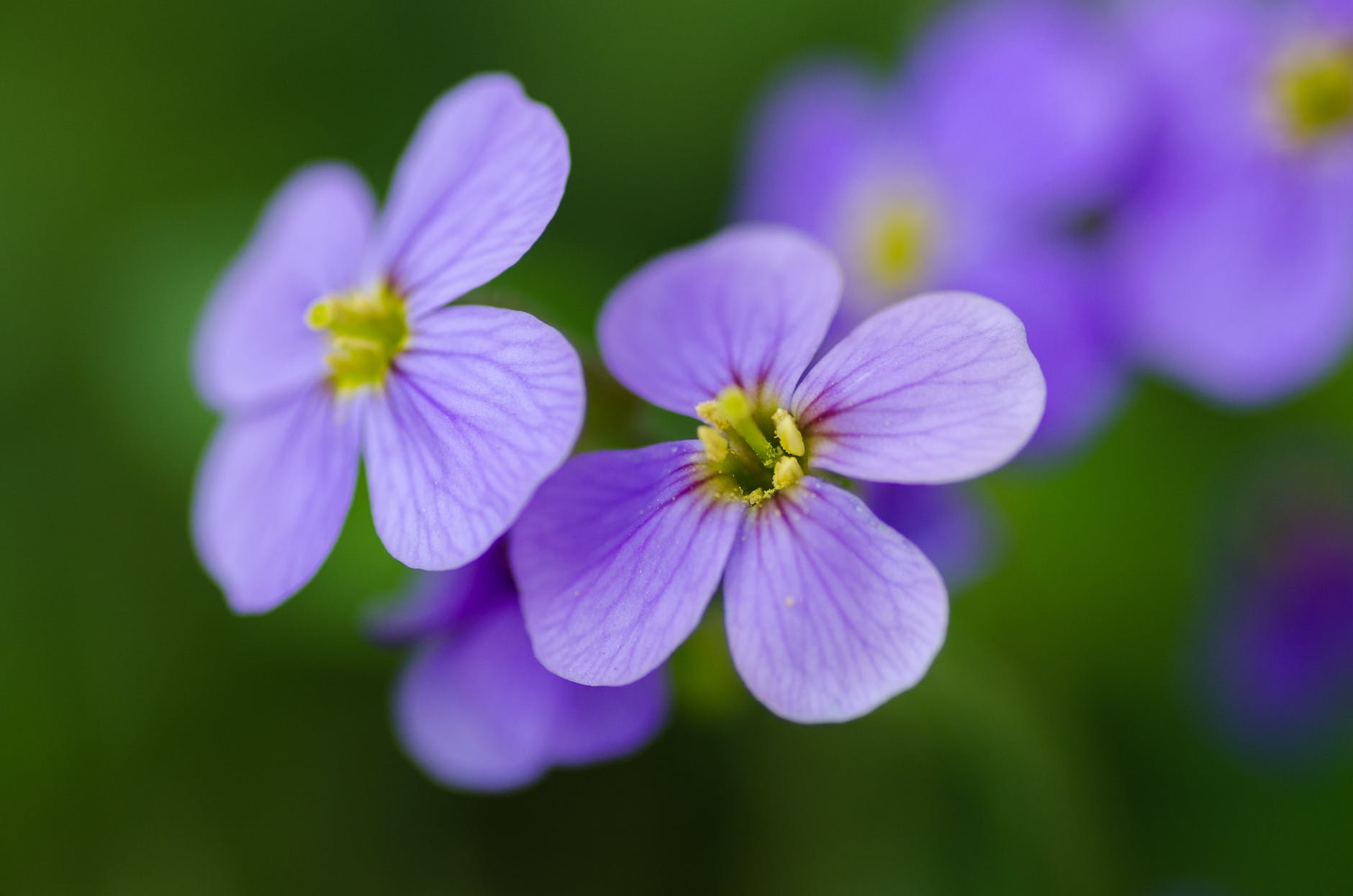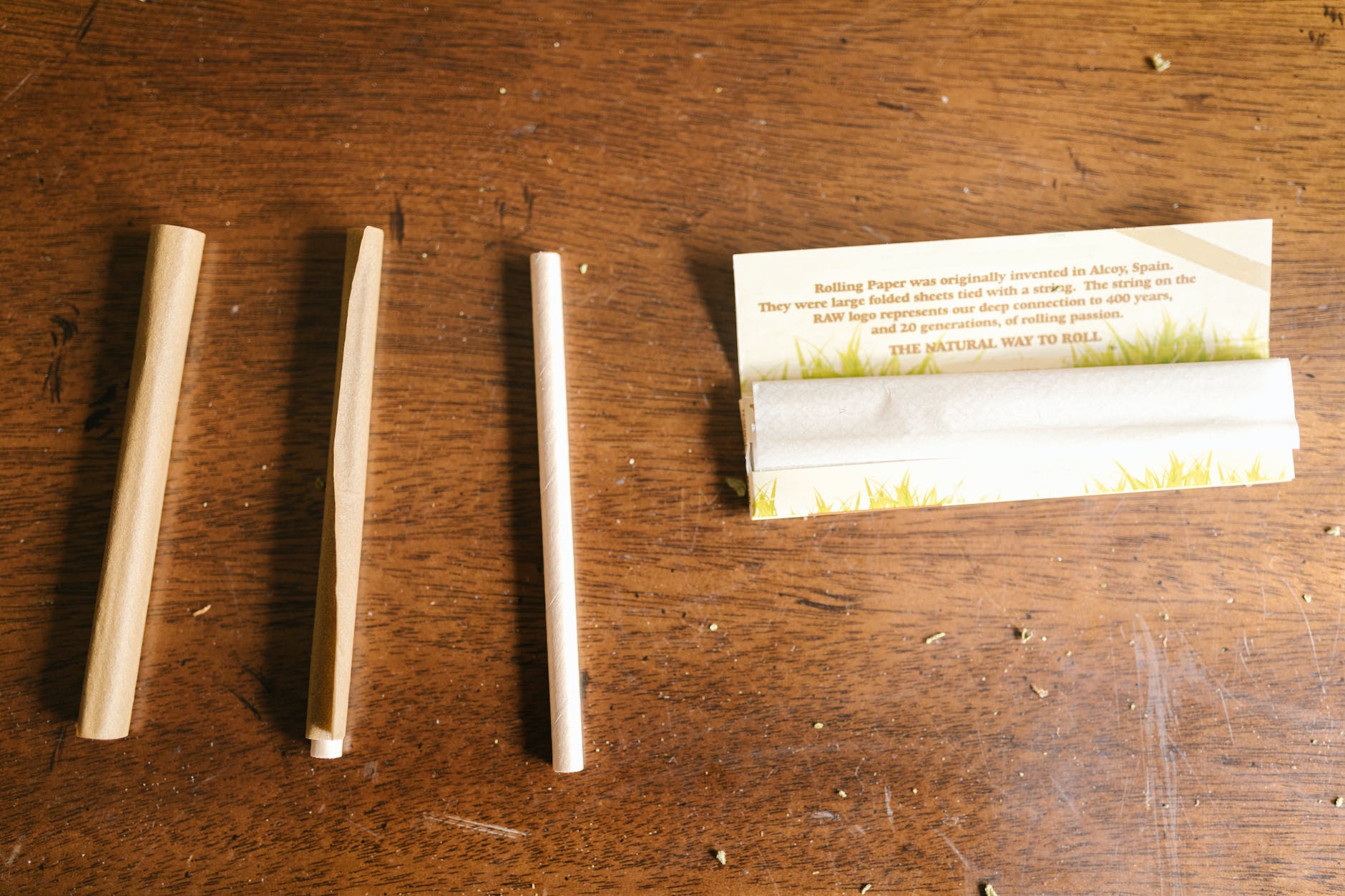Cannabis enthusiasts often choose to grow their own plants to ensure quality and cut costs. Growing cannabis indoors offers a significant advantage over outdoor cultivation, as it provides full control over variables such as light exposure, temperature, and nutrients. However, growing cannabis indoors requires equipment and knowledge investment. Below is a comprehensive guide to cultivating cannabis indoors.
1. Picking Seeds
Before starting the cultivation process, proper research on cannabis strains should be conducted. Factors like maximum height, ease of cultivation, and the effects of the strains should be considered to select the most suitable seed variety for indoor growth.
2. Selecting A Grow Space
Next, a dedicated grow space must be chosen to ensure the plants receive an optimal environment. This space needs to be kept clean and should have provisions for easy water access. Grow tents are an option for organizing small growing spaces and provide some degree of environmental control as well.
3. Lighting System
One of the most critical components of indoor cannabis cultivation is lighting, as it can have a significant effect on the overall outcome. There is a variety of indoor grow lights available in the market, each with its own pros and cons. Some of the popular types of grow lights include:
a. Compact Fluorescent Lights (CFL)
b. High-Intensity Discharge Lights (HID)
c. Light Emitting Diode Lights (LED)
CFLs are generally the least expensive option but are limited in their efficiency compared to the HID and LED lights. Cannabis plants benefit most from a spectrum of blue and red wavelengths, and LED lights are perfect for providing these wavelengths while maintaining energy efficiency.
4. Hydroponics vs. Soil
Next, growers need to choose between growing in soil and using a hydroponic system. Growing in soil is the most traditional and beginner-friendly method, while hydroponics can yield faster growth but requires a higher level of attention and costs.
For those who choose to grow in soil, it is recommended to use quality organic soil or make your soil mixture from ingredients like coco coir, perlite, and peat moss. For hydroponics growers, there are several systems available, such as nutrient film technique (NFT), deep water culture, aeroponics, and ebb and flow.
5. Ventilation System
To maintain healthy cannabis plants, it is necessary to have a proper ventilation system in place. Proper air circulation will prevent excess humidity, discourage mold growth, and aid in the cycling of fresh air, providing plants with fresh CO2. Usually, a combination of exhaust fans, air intakes, and a system to monitor the humidity is required for indoor cannabis cultivation.
6. Nutrients
For any plant to grow and thrive, it requires essential nutrients. Cannabis plants require macronutrients such as nitrogen, phosphorus, and potassium, as well as micronutrients like calcium, magnesium, and sulfur. These nutrients can be found in various formulations designed specifically for cannabis plants.
7. Temperature and Humidity
Cannabis plants are sensitive to changes in temperature and humidity, which is why it is vital to maintain a stable environment. During the vegetative stage of growth, temperatures between 70-85°F (21-30°C) should be maintained, while humidity levels should be kept around 40-70%. As plants enter the flowering stage, temperature should be lowered slightly, and humidity levels should be reduced to 40-50% to avoid mold growth.
8. Harvesting
The final stage of indoor cannabis cultivation is harvesting the buds. Common signs of plants being ready for harvest include:
a. Cloudy or amber-colored trichomes
b. Curled and yellowing fan leaves
c. The majority of the pistils have darkened and curled
Before harvesting, it is crucial to flush out leftover nutrients by watering the plants with water only for about two weeks prior to harvest. Once the plants are ready, hang them upside-down in a dark, well-ventilated space for 7-14 days to dry. Then, the buds can be cured by placing them in airtight glass jars in a cool, dark location for about a month. Daily jar opening allows the escape of excess moisture and provides a better finished product.
Growing cannabis indoors can be a rewarding hobby for gardening and cannabis enthusiasts alike. By following the steps above, even beginners can cultivate high-quality cannabis in the comfort of their homes.

